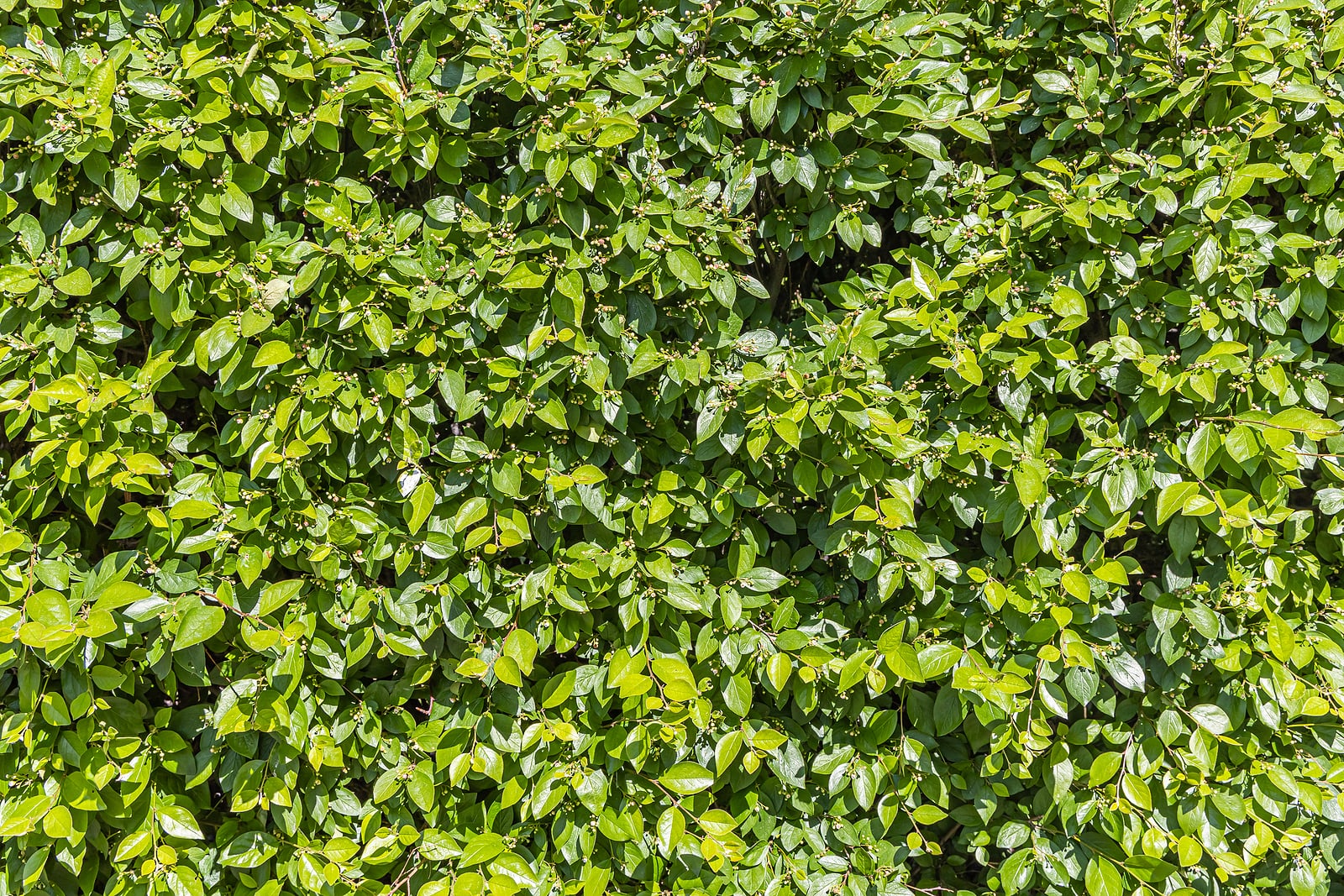Oyster Shell
Oyster scale is considered a pest in Calgary; it has the appearance of small clusters of oyster-shaped shells that cover bark on plants, shrubs and trees. This pest reproduces once per year, with the egg hatch occurring in early to mid June over an approximate ten-day period. Once these eggs hatch, the “Crawlers” then feed on sap from twigs and branches attaching themselves permanently developing a hardened shell that makes them resistant and difficult to get rid of. The hardened shell protects them from predators, the elements and most pest-control methods. Affected are cotoneaster shrubs and fruit, lilac, ash, maple, dogwood, poplar, and willow trees. The scale is considered a serious pest on Cotoneaster shrubs which is a very popular choice for hedges throughout Calgary.
Oyster scale is a difficult pest to remediate; inspecting plants and trees that are prone to Oyster shell is recommended to get a start on a remediation plan in early June. Look oyster-shell shaped bumps on branches, leaves that are turning yellow, and gaps in your hedges.
It is important to act quickly during the infestation period. Once the infestation is obvious at a quick glance such as dead patches in your hedge, the infestation is typically already quite severe. The best defence is to be current with yard maintenance and inspect your plants, shrubs and trees for any signs of pests on a regular basis.
Keeping your garden, including all plants, shrubs and trees healthy, and watered is always recommended as a healthy plant can fight off pests and rebound from infestations more easily.
When Oyster shell scale eggs hatch, and become “crawlers” they are most vulnerable to treatment methods. This stage only lasts for a week to ten days, so it’s important to act quickly in early June. The City of Calgary recommends:
- Apply a Horticultural Oil to suffocate the “shells” with 2-3 rounds within a ten-day period. Focus on the woody parts as opposed to the leaves.
- Natural pest control: ladybugs (lady beetles), lacewings and other natural predators are helpful in controlling outbreaks.
- Once dead patches are easily spotted, pruning out affected stems or cutting the entire hedge to ground level is the most effective control. Cotoneasters with healthy root systems will quickly re-grow.
For further information, visit: https://www.calgary.ca/csps/parks/planning-and-operations/pest-management/tree-pests-and-diseases.html




